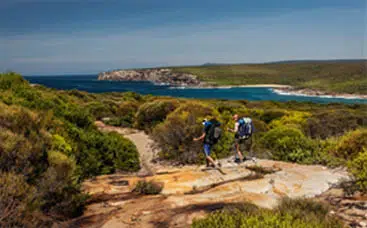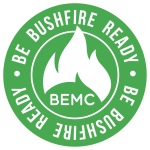If you’ve called a Bushfire consultant to obtain a BAL report, one of the most integral elements within Bushfire assessments for the consultant is assessing the classifiable vegetation. All vegetation within 140m of the proposed or existing building in all direction needs to be taken into consideration. In NSW there are seven different types of classifiable vegetation that could affect your BAL rating using the Method 1 simplified process. Often, more than one vegetation type can be found at a site, in this case your consultant will always look at the worst-case scenario and choose to classify the vegetation that holds the greatest risk to your property.
Forests – Generally, the eucalypt species are the most prominent. The trees are 10m or greater in height and although the crowns may overlap or touch the tree canopy itself is open, allowing plenty of sunshine through to support the growth of a healthy understory of soft leaved shrubs, herbs, and ferns.
Woodlands – A more scattered layout of eucalypts and small shrubs, woodland areas are generally flatter landscapes that rarely have tree crowns that touch, the trees that grow in these areas would be in the 20-35m height range, with a variety of grasses and herbs that act as ground cover.
Tall Heath – Otherwise known as scrub, this vegetation is not found in arid areas and is predominantly made up of large, generally close knit, banksias, wattles, grass trees, paperbarks, sedges and tea trees.
Tall heath is categorised as vegetation greater than 2m in height where grasses are scarce. Dependent on location these areas can also have the occasional over story tree as well or with a rockier understorey like that of coastal heaths.
Short Heath – Categorised as vegetation that is less than 2m in height. Principally the vegetation is that typical of tall heath just on a smaller scale with a far more open canopy.
Rainforests– Typically moist, rainforests are rich with fertile soil and ground coverage made up of ferns and herbs. Rainforests are full of soft foliage, trees of broad horizontally held leaves, and tight canopies with vines commonly seen webbed between them not only above but also on the ground. Generally, rainforest vegetation is found in escarpments and coastal areas.
Grasslands– Large areas of generally flat land, grassland vegetation is exactly that—predominantly the areas are dominated by grasses and small bushes.
Managed Land– Managed land covers everything else from non-vegetated areas, like formed roads and footpaths to reduced vegetated areas. This can include vineyards, crops and orchards, nurseries, parks, grazing pastures, golf courses and lawns.








